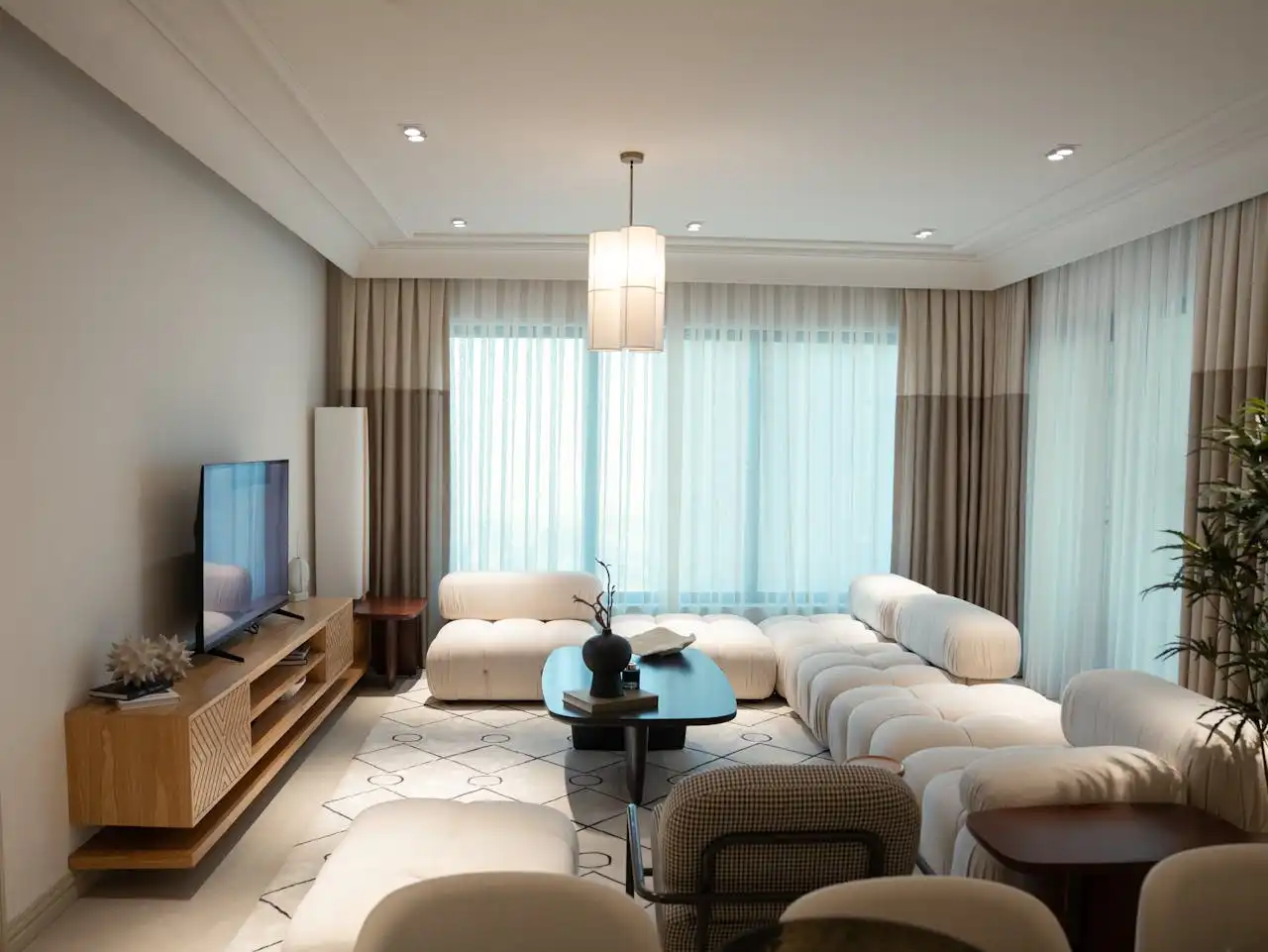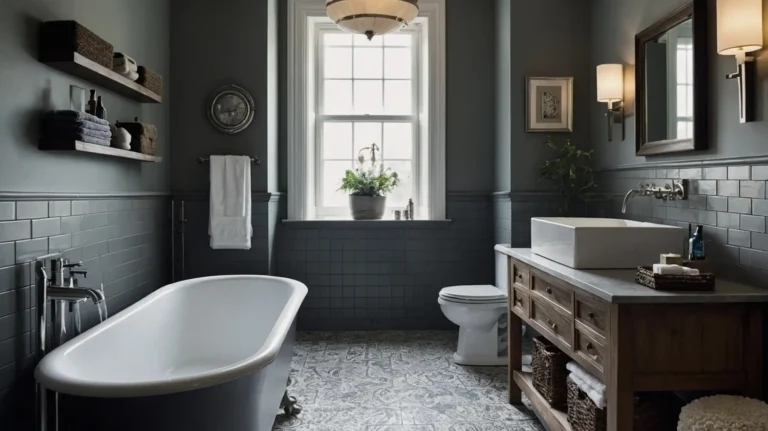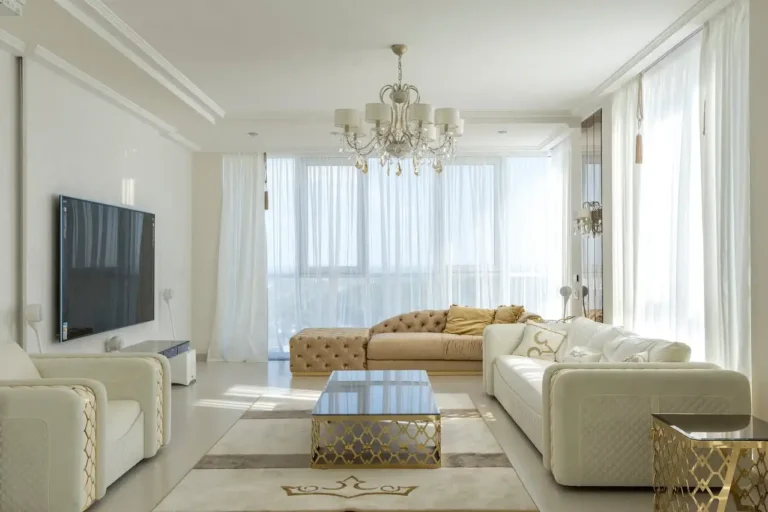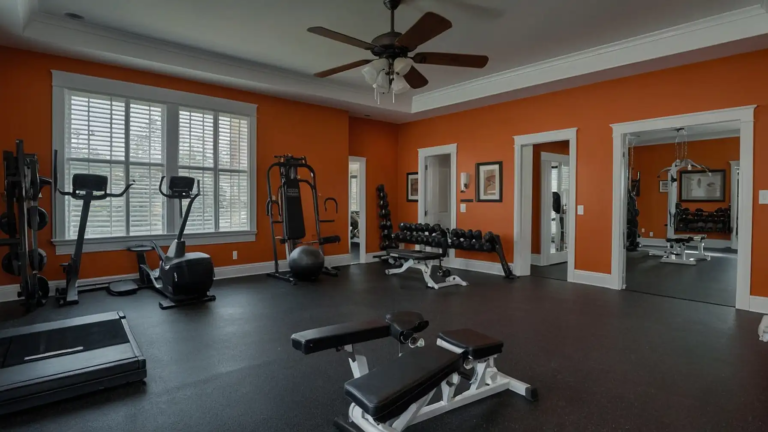The Power of Statement Pieces in Minimalist Homes
You might think minimalism means living with bare walls and empty rooms. That’s not quite right.
Minimalist design thrives on intentional choices. Statement pieces become your secret weapon for creating spaces that feel both serene and captivating.
When you master the art of strategic focal points, your minimalist home transforms from stark to stunning.
Each carefully chosen element tells a story while maintaining that clean, uncluttered aesthetic you love.
Understanding Statement Pieces in Minimalist Design
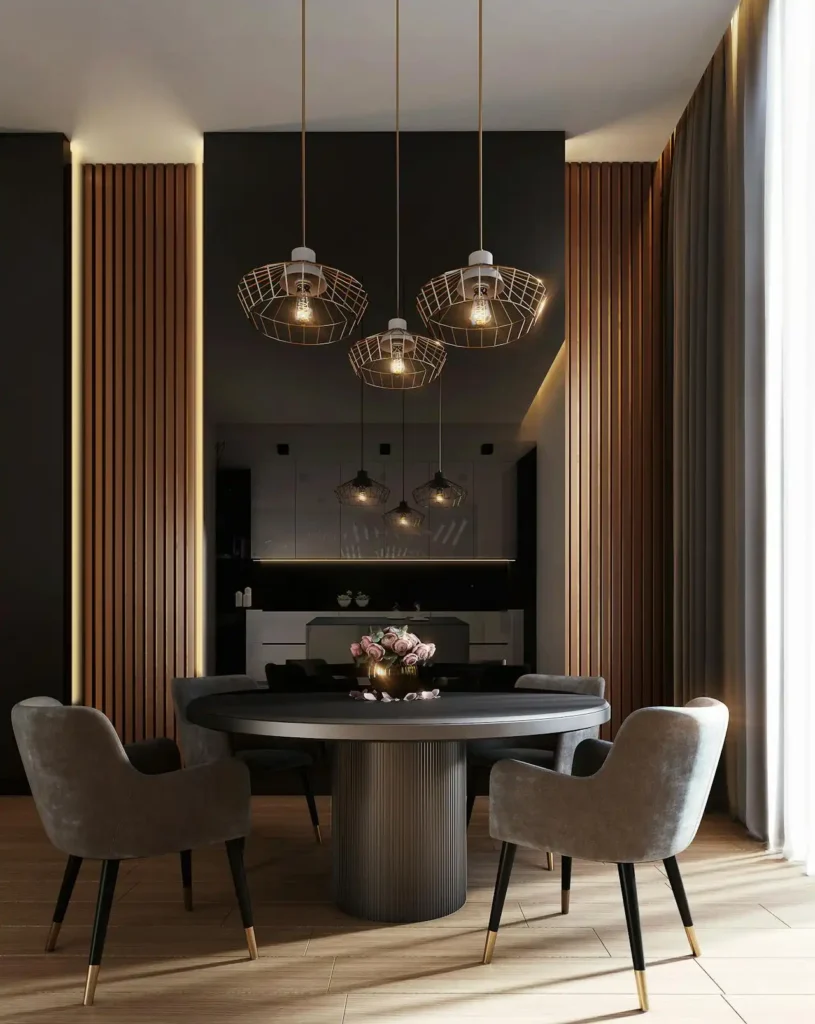
Statement pieces serve as the punctuation marks in your minimalist sentence. They’re the bold elements that draw your eye and anchor your space without overwhelming it.
Think of them as carefully chosen exclamation points in an otherwise calm paragraph.
In minimalist homes, these pieces carry extra weight. Since you’re working with fewer items overall, each one needs to justify its presence.
Your statement piece becomes the star of the show, commanding attention while everything else plays a supporting role.
The beauty lies in the contrast. When you surround a dramatic piece with plenty of white space and simple lines, it becomes even more powerful.
Your vintage Persian rug looks more luxurious against stark white walls. That oversized abstract painting demands respect when it’s the only artwork in the room.
You’re not just filling space when you choose a statement piece. You’re making a deliberate decision about what deserves attention in your home.
This intentionality separates true minimalist design from spaces that simply lack decoration.
Choosing the Right Statement Pieces for Your Space
Your statement piece should reflect your personality while serving the room’s function. Start by identifying what draws you in.
Do you gravitate toward bold colors, interesting textures, or unique shapes? Let your instincts guide you toward pieces that spark genuine excitement.
Consider the scale of your room carefully. A massive sculpture might overwhelm a small living room, while a tiny accent piece could get lost in a spacious great room.
You want your statement piece to feel proportional to its surroundings. Quality trumps quantity every time in minimalist design.
Instead of three mediocre pieces, invest in one exceptional item that will age beautifully. Look for craftsmanship, interesting materials, or design details that reward closer inspection.
Think about longevity when you shop. Trendy pieces might feel exciting now, but will you still love that neon geometric print in five years?
Choose items with timeless appeal that can evolve with your changing tastes. Your statement piece should also complement your existing color palette.
If you’ve built your minimalist space around neutral tones, a vibrant piece of art can add the perfect pop of color.
If you prefer monochromatic schemes, focus on texture and form instead of color.
Artwork as Your Primary Statement Maker
Nothing transforms a minimalist space quite like the right piece of art. A single large painting or photograph can completely change the mood of your room.
You control the emotional temperature of your space through your art choices. Large-scale pieces work particularly well in minimalist settings.
When you hang one oversized canvas instead of a gallery wall, you create a focal point that feels both bold and sophisticated.
The negative space around the artwork becomes just as important as the piece itself.
Photography offers endless possibilities for minimalist statement pieces. You get impact without chaos.
Black and white landscapes, architectural details, or abstract compositions can add visual interest without introducing busy patterns or overwhelming colors.
Sculptural art brings three-dimensional interest to your space. A striking metal sculpture on a simple pedestal creates drama while maintaining clean lines.
These pieces work especially well in corners or areas that might otherwise feel empty. Don’t overlook the power of negative space in your art choices.
Pieces that incorporate empty areas or minimal compositions echo your overall design philosophy while still providing visual anchor points.
Furniture That Commands Attention
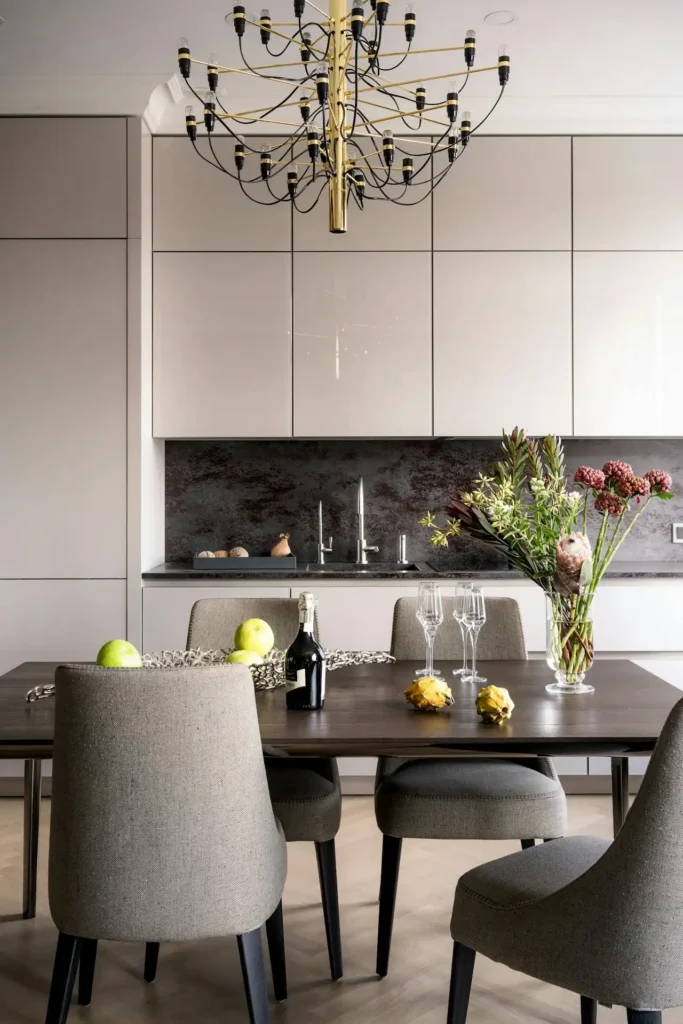
Your furniture can pull double duty as both functional pieces and visual statements. A beautifully crafted dining table becomes sculpture when you’re not eating.
That vintage leather chair transforms into art when placed thoughtfully in your living room.
Choose furniture with interesting silhouettes or unexpected materials. A dining table with a live-edge wood top brings natural beauty into your minimalist space.
A chair with an unusual shape becomes a conversation piece that also provides seating. You create visual tension by pairing old and new elements thoughtfully.
Vintage and antique pieces often make excellent statements in minimalist homes. Their craftsmanship and patina add character that new pieces sometimes lack.
Consider furniture that showcases beautiful materials. Let the natural properties of wood, stone, or metal speak for themselves.
A marble coffee table, a walnut bookshelf, or a steel side table can become the star of your room through material beauty alone.
Scale matters enormously with statement furniture. An oversized sofa in a neutral color becomes architectural.
A dining table that’s slightly larger than expected creates presence without overwhelming your space.
Lighting as Dramatic Statement Elements
Lighting fixtures offer some of the most impactful statement opportunities in minimalist homes.
A stunning chandelier or pendant light draws eyes upward and creates vertical interest in rooms with clean horizontal lines.
Pendant lights over kitchen islands or dining tables serve double duty. They provide necessary task lighting while adding sculptural elements to your space.
Choose fixtures with interesting shapes or materials that complement your overall aesthetic.
Floor lamps can anchor seating areas while providing ambient lighting. Natural light deserves consideration as a statement element too.
A sleek arc lamp curves gracefully over your sofa, creating a reading nook while adding visual drama. The lamp’s silhouette becomes part of your room’s composition.
Large windows or skylights flood your space with changing light throughout the day. The interplay of shadows and brightness becomes part of your room’s character.
Consider the quality of light your fixtures produce. Warm, diffused light creates intimacy, while crisp, white light feels more energetic.
Your lighting choices affect not just how your space looks, but how it feels.
Textiles and Textures for Visual Interest
In minimalist spaces, textures become incredibly important since you’re not relying on busy patterns or multiple colors for interest.
A single luxurious throw or striking rug can transform the feel of your entire room.
Rugs anchor your furniture groupings while adding warmth to hard surfaces. A beautiful Persian rug brings history and craftsmanship into your modern space.
A contemporary geometric rug adds subtle pattern without overwhelming your clean aesthetic.
Throws and pillows offer opportunities to introduce seasonal changes or small pops of color.
Choose fabrics with interesting textures like chunky knits, smooth silks, or nubby linens. The tactile quality becomes as important as the visual impact.
Window treatments can make powerful statements while serving practical functions. Floor-to-ceiling curtains in luxurious fabrics add drama and height to your rooms.
Simple roller shades in interesting materials maintain clean lines while filtering light beautifully.
Consider unexpected textile applications. A tapestry hung like art brings softness to hard walls.
A beautiful blanket draped over a ladder creates visual interest while providing easy access for cozy evenings.
The Art of Strategic Placement
Where you place your statement piece matters as much as what you choose.
You want to create visual balance while ensuring your focal point gets the attention it deserves. Think about sight lines and traffic patterns when positioning your pieces.
Create breathing room around your statement elements. Height variation adds visual interest to your minimalist spaces.
When you surround a beautiful piece with empty space, you enhance its impact. Crowding diminishes even the most spectacular items.
Mix high and low elements to create rhythm. A tall floor lamp next to a low coffee table with a medium-height side chair creates pleasing proportions.
Consider how your statement pieces relate to architectural features. Group odd numbers of items when you’re arranging multiple elements.
A piece of art positioned to align with a window or doorway feels more integrated into your space. Use your room’s bones to guide your placement decisions.
Three pieces feel more natural than two or four. This principle works whether you’re arranging books, vases, or art pieces.
Avoiding Common Statement Piece Mistakes
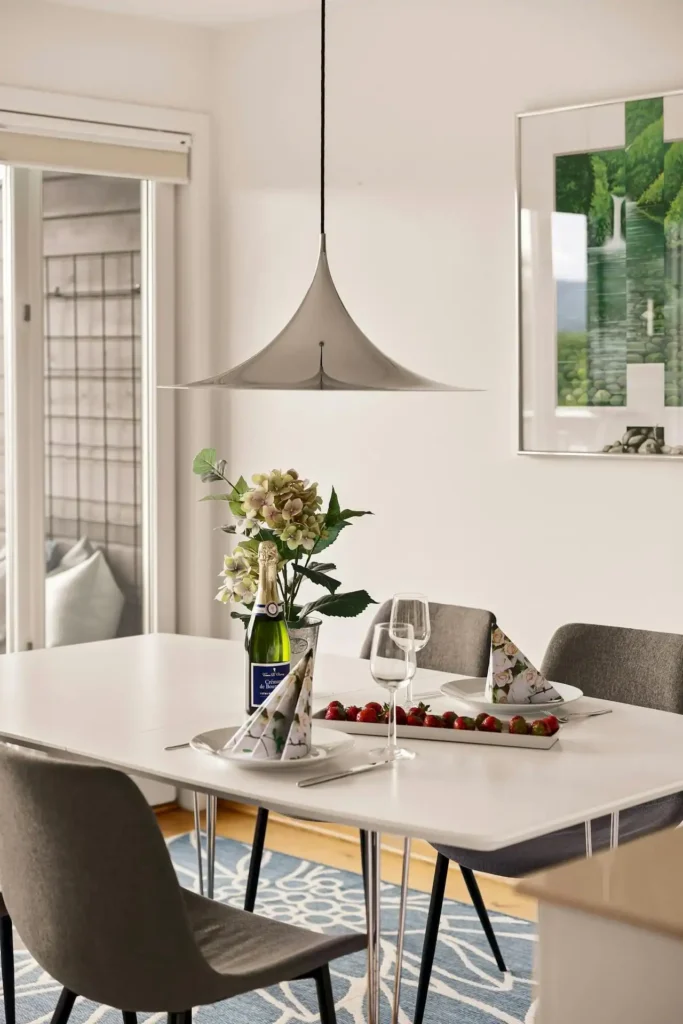
The biggest mistake you can make is choosing too many statement pieces. Don’t ignore your lifestyle when choosing statement pieces.
When everything screams for attention, nothing gets heard. Limit yourself to one major focal point per room, with smaller supporting elements that complement rather than compete.
Size miscalculations happen frequently. Measure your spaces carefully and consider how pieces will look in context.
That beautiful mirror might seem perfect in the store but overwhelm your bathroom at home.
A white fabric sofa looks stunning in photos but might not work with your coffee-loving, pet-owning reality. Choose pieces that can handle your daily life while still looking beautiful.
Avoid pieces that clash with your home’s architecture. Look for pieces that complement your home’s bones.
A ultra-modern sculpture might feel out of place in a traditional home, while ornate antiques could overwhelm a contemporary space.
Trendy pieces might tempt you, but remember that statement pieces should have staying power. Choose items that will age well and maintain their appeal as your tastes evolve.
Creating Emotional Connection Through Statement Pieces
Your statement pieces should tell your story. Choose items that reflect your travels, interests, or experiences.
A piece of pottery from your honeymoon destination becomes more meaningful than something picked randomly from a store.
Consider commissioning custom pieces when possible. A painting created specifically for your space or furniture built to your exact specifications becomes truly unique.
These pieces carry emotional weight that mass-produced items rarely achieve. Incorporate pieces with personal history when you can.
Your grandmother’s vintage chair reupholstered in modern fabric bridges past and present. These pieces add layers of meaning to your minimalist space.
Think about how pieces make you feel when you see them. Do they bring joy, calm, or inspiration?
Your emotional response to objects matters more than following design rules perfectly.
Don’t be afraid to change your statement pieces seasonally or as your tastes evolve. Minimalism doesn’t mean stagnation.
Swapping out art or moving furniture keeps your space feeling fresh and responsive to your changing needs.
Maintenance and Care for Your Statement Pieces
Invest in proper care for your statement pieces since they work harder in minimalist spaces.
Regular cleaning and maintenance preserve their beauty and extend their lifespan. A damaged or dirty statement piece undermines your entire design.
Consider professional cleaning for valuable textiles, artwork, or furniture. Protect pieces from direct sunlight, which can fade fabrics and artwork over time.
The investment protects your pieces and maintains their appearance. Some items require specialized care that’s worth the extra cost.
Use UV-filtering window films or rotate pieces periodically to prevent damage. Prevention costs less than restoration.
Store seasonal pieces properly when they’re not in use. Clean items thoroughly before storage and use appropriate materials to prevent damage.
Proper storage ensures your pieces look great when you bring them back out. Document your pieces with photos and keep care instructions handy.
This information becomes valuable for insurance purposes and helps you maintain pieces properly over time.
Building Your Collection Over Time
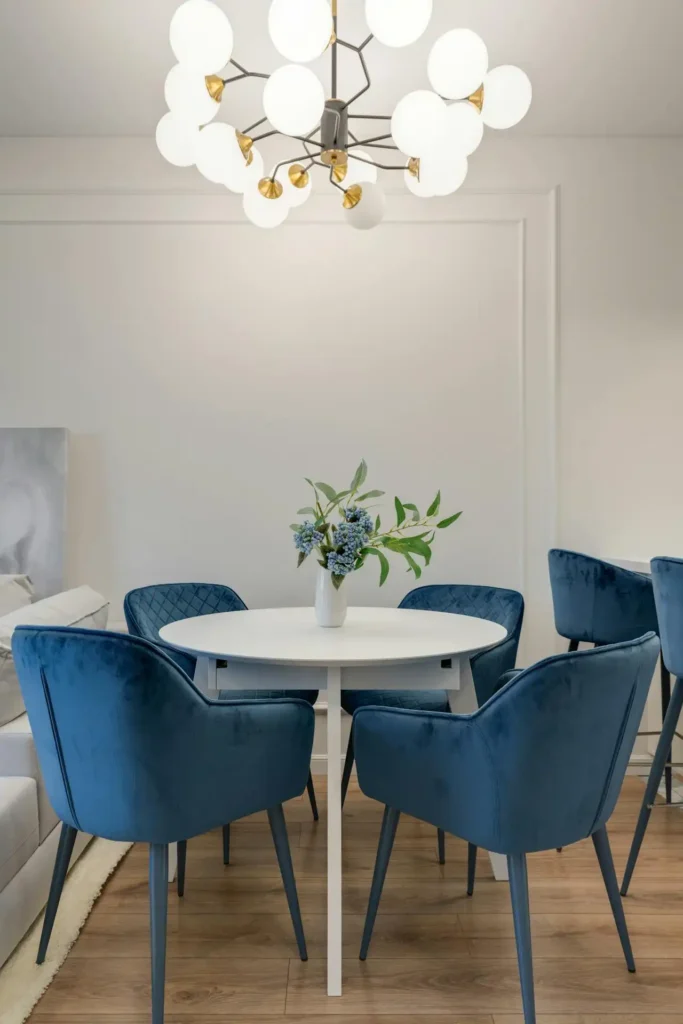
You don’t need to furnish your entire minimalist home with statement pieces immediately.
Build your collection gradually, choosing pieces that truly speak to you rather than rushing to fill spaces.
Start with one room and perfect it before moving on. Set a budget for statement pieces and stick to it.
This approach helps you understand how statement pieces work in your space and refines your selection process for future purchases.
Quality pieces often cost more upfront but provide better long-term value. Save for items you truly love rather than settling for mediocre alternatives.
Shop with patience and intention. Your space will feel more cohesive when every piece earns its place.
The perfect piece might not appear immediately, but waiting for the right item beats settling for something that doesn’t excite you.
Consider your collection as a whole rather than individual pieces. Think about how new additions will work with existing items and your overall aesthetic goals. Cohesion matters in minimalist design.
Conclusion
Statement pieces transform minimalist homes from empty to extraordinary, creating focal points that celebrate intentional living while maintaining serene simplicity.

